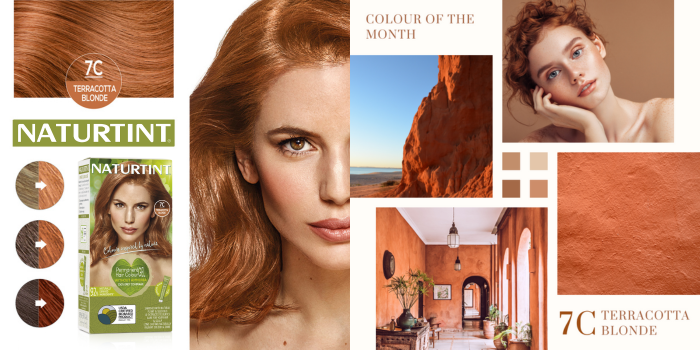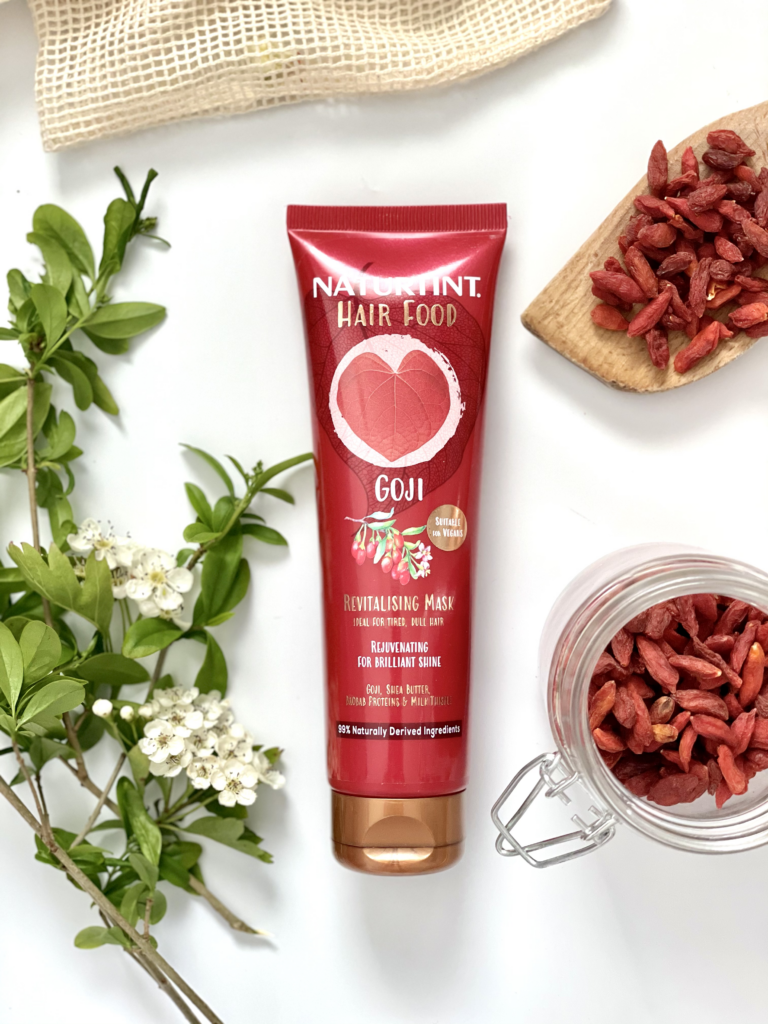June’s Colour of the Month – 7C Terracotta Blonde
May 22 2023 by: Jo M

Being the rarest hair colour on earth, it is thought only 1-2% of the population have naturally red hair – although if you’re naturally red and find yourself in Scotland you’re in good company, as that’s where you’ll find the world’s largest percentage of redheads! So, hot on the heels of World Redhead Day on the 26th May, this month we’re celebrating the minority and making the 7C Terracotta Blonde our Colour of the Month. So, if you’re not naturally blessed with this seemingly very rare gene, read on to learn more about whether this is a shade for you…
What kind of colour is it?
Much like April’s Colour of the Month (7G for those of you keeping track), although the 7C is classed as a blonde, it’s definitely more of a mid-blonde than a light blonde, though on lighter bases it will look much brighter as the coppery-red tones will feel be very vibrant. Think earthy, desert tones with shimmers of copper and bronze. The ‘C’ in the code 7C means its part of the Copper family of Naturtint tones, with its ‘sister’ colours being 5C Light Copper Chestnut which is two shades darker and 8C Copper Blonde, which is one shade lighter.

Can anybody wear this colour?
The beauty of red hair colours is that there is a shade for literally everyone, as red can mean anything from deep cherry right to the lightest strawberry blonde. Looking specifically at the 7C however, pale skin tones really suit this colour because the brighter copper tones create a striking contrast and help accentuate natural complexion such as rosy cheeks or freckles. If your hair is naturally a level 5 or lighter you can use the 7C (strand test first!) but if you’re darker have a look at the 5C instead.
If you’re tempted by the 7C but don’t want to be quite so vivid a red, this is a great tone to mix with others to create a more subtle look – this is also a good idea if you have more than a few grey hairs as the 7C will go particularly bright on white/grey hair, and may not look as natural as you would like. In that case mix the 7C with the 7N to give a more natural-looking grey coverage, with some of the warmer terracotta tones. You can read more about our most popular blends in our handy blog post here or on our ‘Find Your Shade’ page.

How do I care for it?
We’re not going to sugar coat it, red tones of any kind are the most difficult to look after – because of the large size of the pigment molecules that make up the colour red, they don’t penetrate as deeply into the cortex as other colour molecules and as such, they are more susceptible to being removed from the hair through washing.
You may find that you need to pull the colour through to the ends of your hair a little more often than with other colours (although try not to get into the habit of doing this on every root application, as this will overprocess the hair) when you do your root application and you need to make sure you’re using colour-safe products like the Naturtint Colour Fixing Shampoo and Colour Fixing Protective Conditioner when cleaning the hair. Try and reduce how often you wash the hair and consider a fortnightly mask that will keep the cuticles of your hair flat and hopefully those red pigment molecules inside the hair fibre. Take a look at our Hair Food Masks – all are suitable for coloured hair and the Goji Hair Mask has been designed to help maintain a healthy shine.
